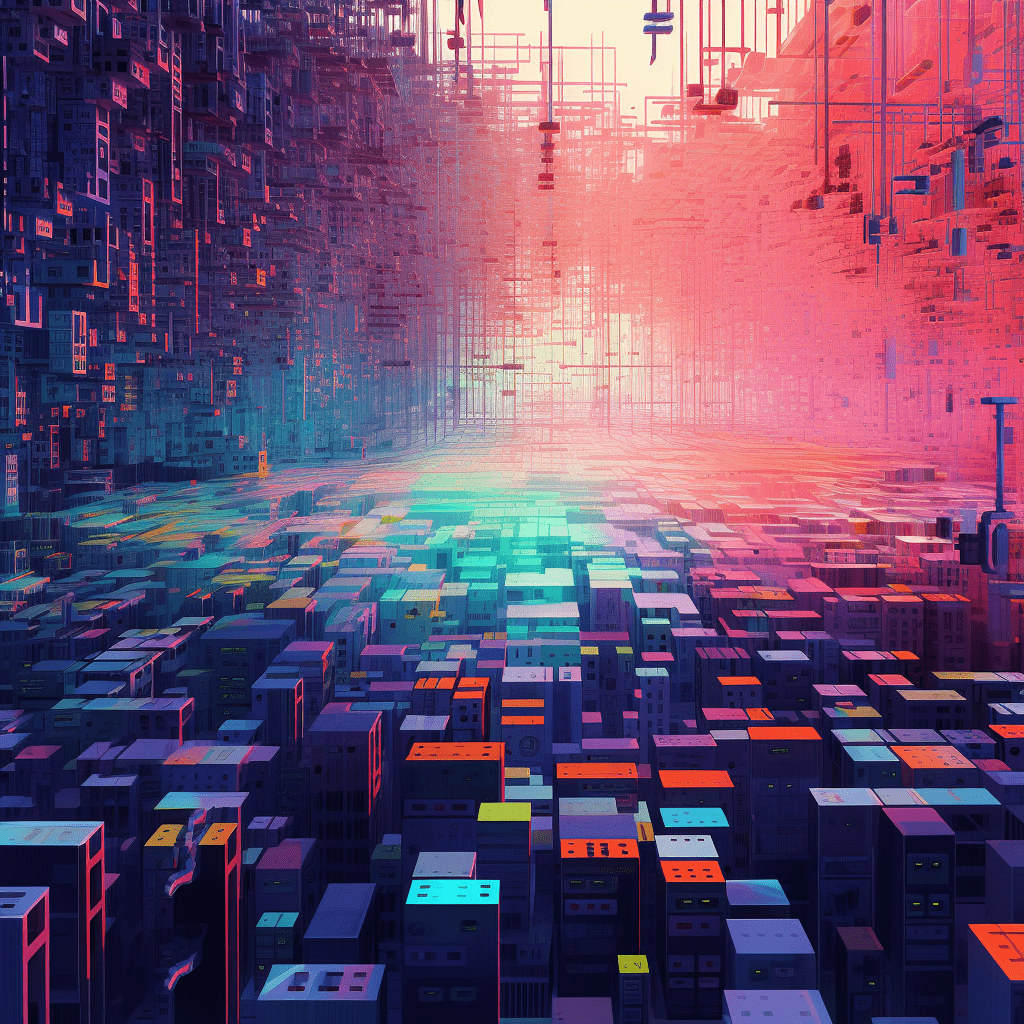Non-fungible tokens (NFTs) have surged in popularity, becoming a significant aspect of digital art, gaming, and virtual assets. As a result, many individuals and businesses are seeking ways to create and launch their custom NFT collections without needing coding skills. No-code tools and NFT collection generators enable non-technical users to generate NFTs with ease. This article will guide you through the process of creating custom NFT collections using no-code tools, allowing you to leverage the power of NFTs without the complexity.

Step 1: Define Your Collection’s Theme and Narrative
The first step in creating a successful custom NFT collection is to establish a clear theme and narrative. Your collection’s theme should resonate with your target audience and set your NFTs apart from others in the market. Spend some time brainstorming concepts that you are passionate about and researching potential market segments for your NFTs. A strong theme serves as the foundation for your NFT collection, helping guide your creative decisions moving forward.
Step 2: Design Your Collection’s Artwork
Once you’ve selected a theme for your NFT collection, it’s time to create the digital artwork or assets that will become your unique tokens. Many great no-code tools are available to help you design eye-catching visuals without needing design expertise. Some popular options include:
- Canva: A versatile and user-friendly graphic design platform with countless templates and elements for various design purposes.
- Adobe Creative Cloud Express: This accessible Adobe tool offers various templates and design options to create professional-looking graphics.
- Figma: A collaborative design platform that allows multiple users to work on a project simultaneously, making it ideal for team-based NFT development.
Each of these tools can help you develop visually appealing NFTs, despite a lack of design experience.
Step 3: Choose the Right Blockchain and Token Standards
To create your custom NFT collection, you’ll need to decide which blockchain to build your NFTs on, such as Ethereum, Binance Smart Chain, Flow, or Tezos. Research each network’s features, including transaction fees, security, and user base, to find the one best suited to your project’s needs. In addition to the blockchain, you’ll need to choose the appropriate token standard for your NFT, such as ERC-721 or ERC-1155 on Ethereum.
Step 4: Leverage No-Code NFT Collection Generator Platforms
With your NFT assets designed and your chosen blockchain, it’s time to mint your NFTs using a no-code NFT collection generator platform. The following platforms help automate the technical process of minting, listing, and auctioning NFTs:
- Mintable
- Rarible
- OpenSea
Each platform offers its intuitive interface and unique features for creating your NFTs. Follow the on-site prompts to upload your digital assets, mint your tokens, and prepare them for sale on the platform’s marketplace. Bear in mind you will need to use a compatible wallet to connect to these platforms, such as MetaMask or Trust Wallet.
Step 5: Drive Awareness and Interest in Your Collection

After minting your custom NFT collection, it’s essential to promote it and generate interest from potential buyers. Use social media platforms, engage with the NFT community on forums, collaborate with influencers or similar artists, and participate in NFT-related events to build awareness for your collection.
Effective marketing strategies help increase your NFT’s value and build a dedicated community around your project. By devoting time and effort to marketing your NFT collection, you can maximize its potential as a source of income and investment.
In the next part of this article, we will discuss tips for maintaining the interest of your audience, keeping your collection fresh and exciting, and exploring new opportunities for growth within the NFT space. Stay tuned for further advice on how to make your custom NFT collection stand out and succeed.
Step 6: Engage and Maintain Your Community
A solid foundation for long-term success in the NFT space is engaging with your community on an ongoing basis. Regular interaction and updates can help maintain attention and support for your collection. Some strategies to keep your community engaged include:
- Creating new content or collaborating on artwork with other artists.
- Developing gamification or incentive systems to reward collectors and contributors.
- Hosting live events or virtual gallery openings to showcase your NFTs.
- Providing utility and functionality to your NFTs, giving holders access to exclusive content or benefits.
Regularly assessing your community’s needs and preferences and implementing changes accordingly will reinforce your collection’s long-term popularity and success.
In Conclusion: Embrace the Power of No-Code Tools

No-code tools and NFT collection generators have made it simpler than ever to create and launch impressive NFT collections without coding knowledge. By following the steps outlined in this article, you can craft a unique NFT collection that resonates with your target audience, leverage intuitive design platforms for artwork creation, utilize no-code NFT collection generators for simplified minting, and market your NFTs effectively. As you continue to strengthen your NFT project, enhancing user engagement, and creating compelling content, you will ensure your custom NFT collection thrives in the competitive world of digital art, web3, and crypto.
